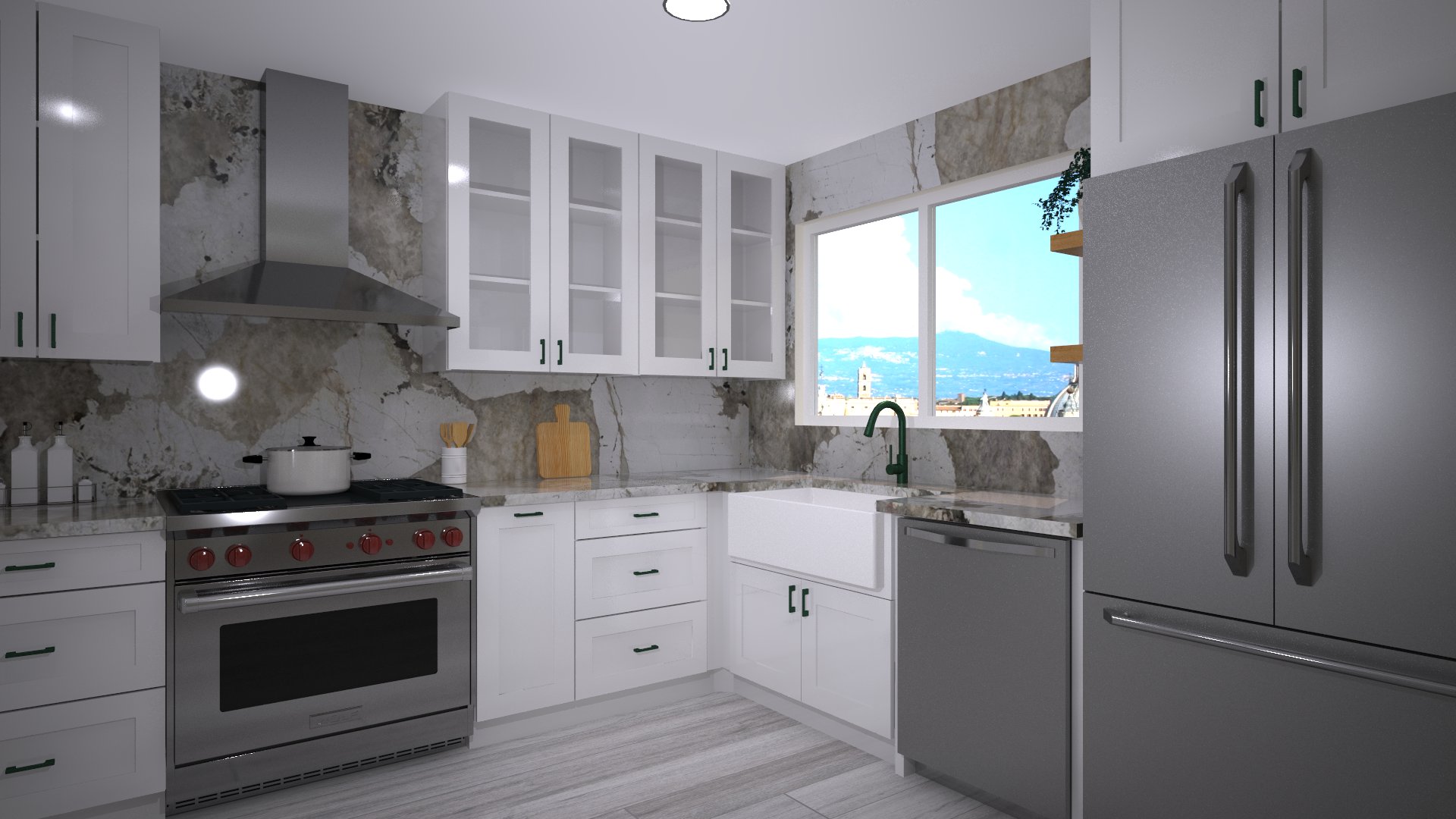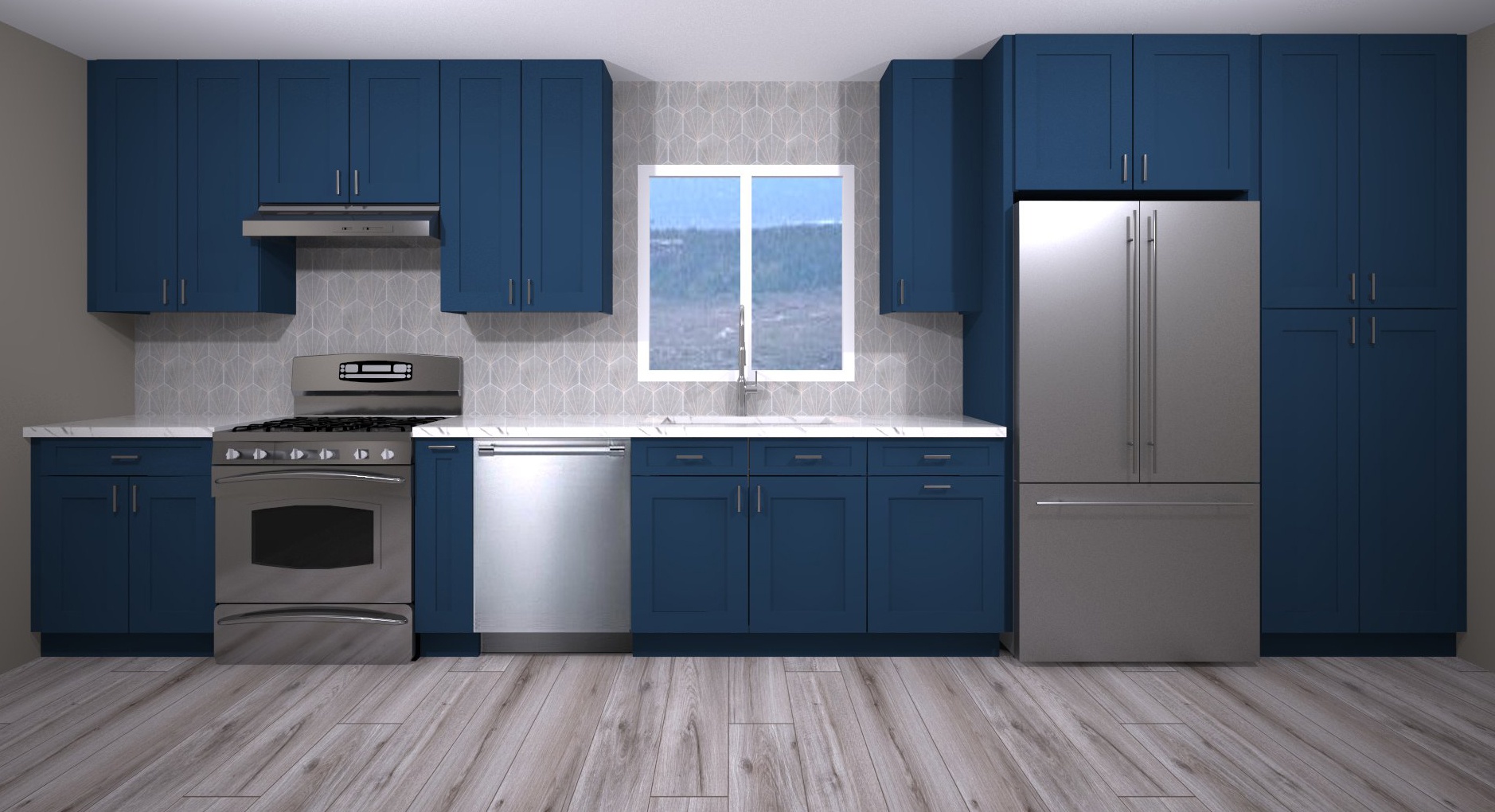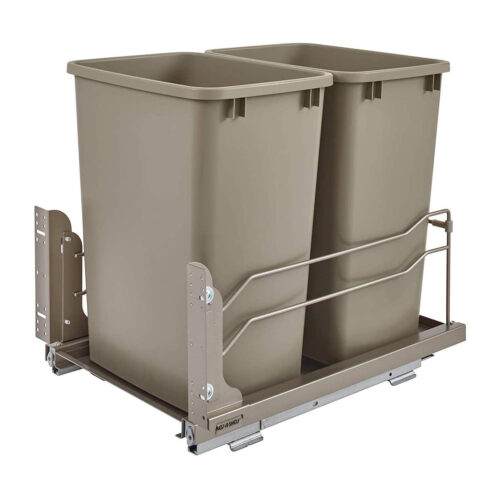Range hood is one of the most important kitchen appliances that is often overlooked.
There many different types of range hoods; wall mounted, under cabinet, island mounted and microwave exhaust combo. There’s also ductless and hoods that are vented outside, but whatever their types are, they are all designed to remove air pollutants and grease from cooking. But the very first thing to consider when shopping for range hood is how much power the fan needs to have.
CFM (Cubic Feet per Minute)
The performance of range hoods is measured by the CFM their strength, which is basically the hood’s airflow. CFM does not only depend on the size and type of your range or how much you cook, but also to the volume of the room. For example, a 10’x10’ room with an 8’ ceiling has 800 cubic feet, and thus need at 800 CFM range hood to replace all the air each minute.
Last Friday, I measured a beautiful kitchen in Los Angeles area that’s going to use white shaker cabinets with $7,000+ worth of 36” wide Wolf range (my jaw drops whenever I hear customers that they are going to use Wolf or Viking appliances). Their range hood however is an unknown brand with only 400 CFM, which is not enough for a 1600 cubic feet room. This is the same when I see a microwave range hood used in a large kitchen, because their common airflow ratings are only 300 CFM and 400 CFM.
Kitchen is the work center in our home where delectable meals are made. That’s why we spend so much budget in kitchen remodeling to make it look as sophisticated as possible. However, we shouldn’t neglect the importance of proper ventilation to minimize the smoke odor from cooking. Getting the range hood with the right amount of CFM doesn’t have to break the bank. There are other non-famous brands out there that offer a minimum of 900 CFM with low noise level without the high price charged by the big brands. So, if you’re currently shopping for a range hood, make sure that you check the CFM strength before you hit the checkout button.






